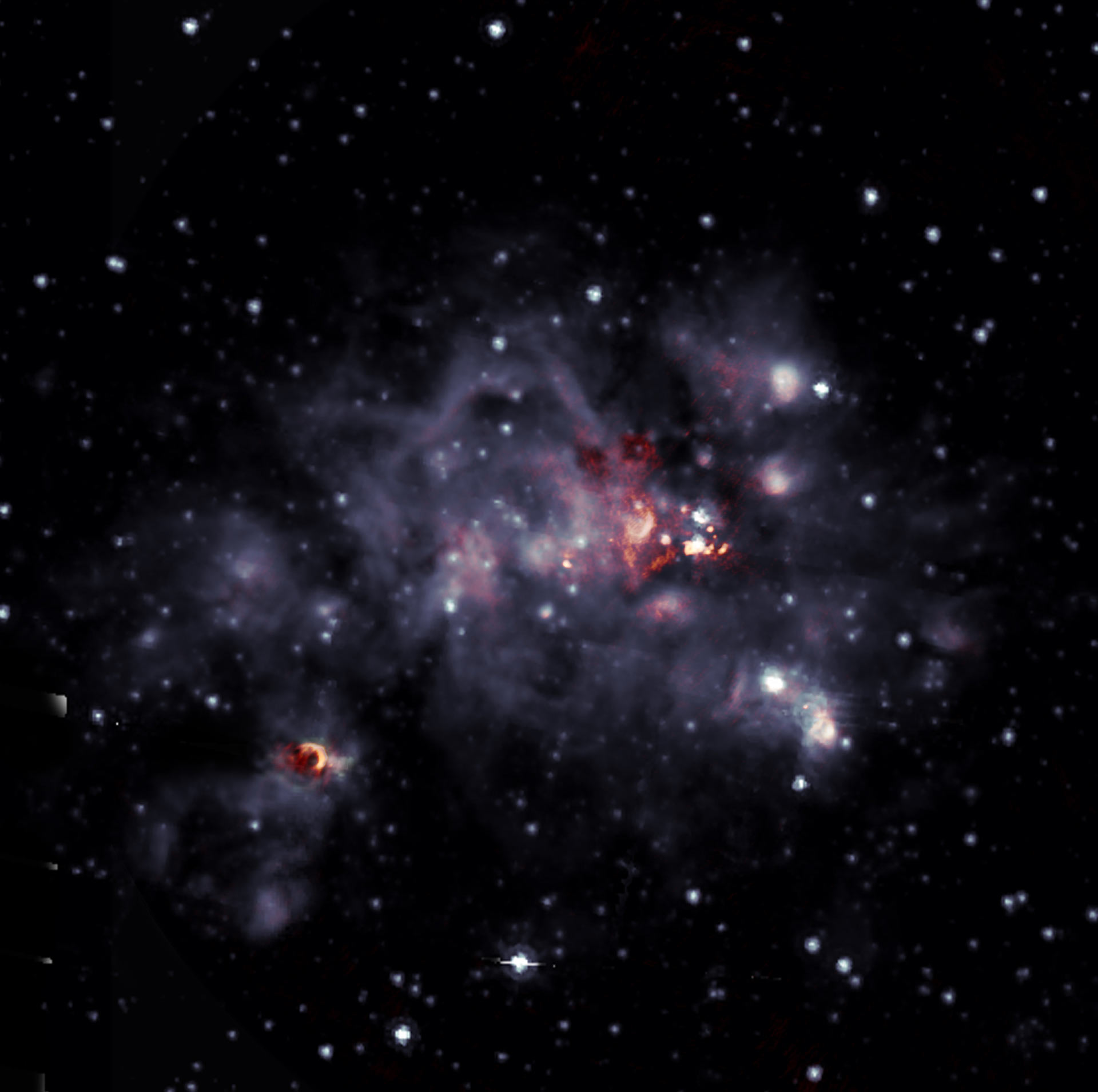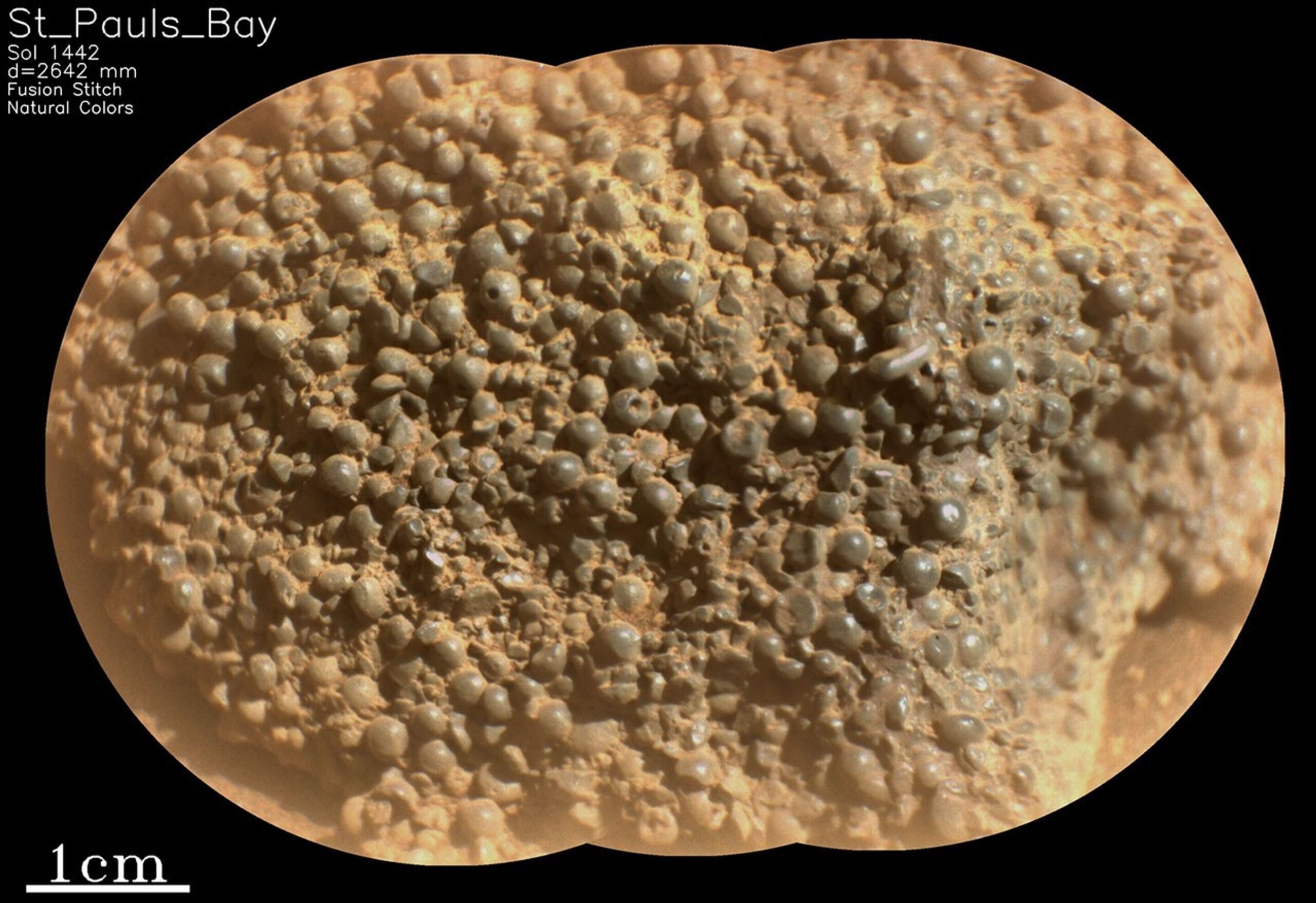In a remarkable cosmic discovery, astronomers using the Green Bank Telescope (GBT) have uncovered an immense and previously unknown structure lurking deep within our Milky Way galaxy. This giant molecular cloud (GMC), officially designated M4.7-0.8, stretches nearly 200 light-years across and holds a staggering mass equivalent to 160,000 suns. Announced in a study published on March 18 on the arXiv preprint server, this finding offers an exciting new piece to the complex puzzle of our galaxy’s structure and evolution.
But this is no ordinary cloud.
This behemoth, nestled at a critical juncture in the Milky Way’s vast bar structure, is more than just a massive swirl of gas and dust—it’s potentially a fertile nursery for new stars and an engine for galactic change. Its discovery not only highlights the advanced capabilities of modern radio astronomy but also deepens our understanding of how material moves and transforms in the inner regions of our galaxy.
What Exactly Is a Giant Molecular Cloud?
Before we dive into the details of M4.7-0.8, it’s worth understanding what a giant molecular cloud actually is.
GMCs are colossal formations of cold interstellar gas and dust, primarily made of molecular hydrogen (H₂), often with a sprinkling of heavier molecules like carbon monoxide (CO). They are the coldest and densest regions in the galaxy’s vast interstellar medium. Temperatures in these clouds can hover around 10 to 30 Kelvin, just above absolute zero, which keeps the gas dense and stable.
Why do they matter? Because GMCs are the stellar nurseries of the universe. These clouds are the breeding grounds where new stars are born, forming the building blocks of future star systems, solar systems, and potentially life-bearing planets. Some GMCs, like the famous Orion Molecular Cloud Complex, have already given birth to many stars and are still actively producing more.
The GMC newly spotted by Natalie O. Butterfield and her team is a giant among giants. Most GMCs range from 15 to 600 light-years in size and boast masses from hundreds of thousands to millions of times the mass of our sun. M4.7-0.8, with its 195 light-year length and 160,000 solar masses, fits comfortably within that range—but its location and structure make it uniquely significant.
A Hidden Giant Revealed at the Heart of the Milky Way
What makes M4.7-0.8 so fascinating isn’t just its size or mass, but where it’s located.
This cloud is situated at the midpoint of the near-side dust lanes of the Milky Way’s Galactic bar, some 23,000 light-years from Earth. The Galactic bar is a dense, elongated structure of stars and gas that stretches across the core of the Milky Way. It acts like a cosmic conveyor belt, funneling gas from the galaxy’s spiral arms toward its crowded center.
Dust lanes are dense regions of gas and dust that line the bar. They channel raw materials toward the inner galaxy, where gravitational forces compress them into dense rings—prime zones for star formation. These regions are crucial because they regulate the flow of material feeding star formation at the galactic center.
The discovery of M4.7-0.8 right at this transportation hub raises intriguing possibilities. Is it just a waypoint in this cosmic traffic jam, or is it actively fueling new star births in one of the most dynamic regions of the Milky Way?
“We report the detection of a previously unknown giant molecular cloud located at the midpoint of the near-side Galactic bar dust lanes (M4.7-0.8),” Butterfield and her team explain in their study. “In this publication we present 25 GHz radio observations of dense gas that is associated with material accreting into the Galactic center.”
Peering into M4.7-0.8: Two Key Structures—The Nexus and the Filament
The GBT’s 25 GHz radio observations revealed two prominent features within M4.7-0.8, adding an extra layer of complexity to this newly discovered cloud.
- The Nexus: This feature appears to be the brightest region of carbon monoxide (CO) emission in the cloud. It coincides with a dense hub where dust and CO emission intersect—a nexus where the cloud’s mass seems concentrated. This is likely a hotspot for intense activity, perhaps even an early stage of massive star formation.
- The Filament: As its name suggests, the Filament is a narrow, thread-like structure that extends out from the Nexus. It has a striking filamentary morphology, resembling the long tendrils often seen in other star-forming regions. Filaments like these are typically the pathways through which material flows into denser cores, where stars eventually ignite.
These features suggest that M4.7-0.8 isn’t a uniform mass of gas but a dynamic environment with regions of varying density and temperature—prime conditions for the birth of stars.
Potential Star Formation Sites: Knot B and Knot E
Beyond the Nexus and Filament, the research team also identified two intriguing sites within the cloud that may be actively forming stars.
- Knot B and Knot E are dense regions that appear to be clumps of material collapsing under their own gravity. Knot E, in particular, displays a cometary-like structure, which suggests it could be an evaporating gas globule. These globules are small, dense pockets of gas being stripped away by nearby radiation, often revealing newborn stars inside.
However, the team notes that further investigation is needed to confirm whether Knot E is, in fact, an evaporating globule or another type of structure entirely.
A Mysterious Shell-Like Structure: A Signature of Stellar Feedback?
Another eye-catching feature of M4.7-0.8 is a shell-like formation—a hollowed-out region surrounded by a bright rim of ammonia gas emission. This shell seems to have a cavity at its center, suggesting it may have been carved out by the energy of stellar winds or past supernova explosions.
Such shell structures are often signs of stellar feedback, where newly formed stars release intense winds or radiation that push away surrounding gas and dust, sculpting the cloud into new shapes and triggering waves of star formation in the process.
Why This Discovery Matters
The discovery of M4.7-0.8 adds a major piece to the complex puzzle of how galaxies like the Milky Way evolve.
- Galactic Recycling Plants: GMCs are where stars are born, and those stars, in turn, enrich the galaxy with heavier elements when they die, forming a galactic recycling system.
- Understanding Star Formation: By studying clouds like M4.7-0.8, astronomers gain insight into how stars are triggered to form, particularly in extreme environments like the Galactic bar and its dust lanes.
- The Bigger Picture: This cloud could be a vital clue to understanding how the Milky Way feeds its central regions with star-forming material, influencing galactic dynamics on a massive scale.
The Role of the Green Bank Telescope (GBT)
Located in West Virginia, the GBT is the world’s largest fully steerable radio telescope, and it played a crucial role in detecting M4.7-0.8. Its sensitivity to radio wavelengths, particularly at 25 GHz, allowed astronomers to penetrate the dense dust lanes and detect faint radio emissions from molecules like ammonia and carbon monoxide—key tracers of dense, cold gas.
Without the GBT’s capabilities, this massive cloud might have remained hidden in the Milky Way’s crowded, dusty heart.
What Comes Next?
M4.7-0.8 is now on astronomers’ radar, and further studies are sure to follow. High-resolution observations from other powerful instruments, like the Atacama Large Millimeter/submillimeter Array (ALMA) or the James Webb Space Telescope (JWST), could provide sharper images and more detailed data. These observations might confirm whether new stars are actively forming and help piece together the cloud’s internal dynamics.
Ultimately, M4.7-0.8 could teach us how galaxies grow and evolve, offering a close-up view of the cosmic engines that power the Milky Way.
Conclusion: A Hidden Giant in Our Cosmic Backyard
The discovery of M4.7-0.8 is a reminder of how much there still is to uncover in our own galactic neighborhood. This giant molecular cloud, hidden in plain sight, offers an exciting opportunity to study the processes that shape galaxies, build stars, and perhaps even lay the groundwork for future life.
As astronomers peer deeper into the dust-shrouded core of the Milky Way, who knows what other celestial giants may yet be waiting to be revealed?
Reference: Natalie Butterfield et al, Discovery of a Giant Molecular Cloud at the Midpoint of the Galactic Bar Dust Lanes: M4.7-0.8, arXiv (2025). DOI: 10.48550/arxiv.2503.14174










